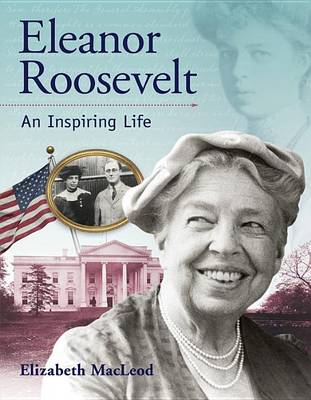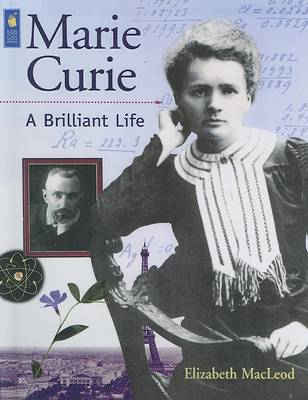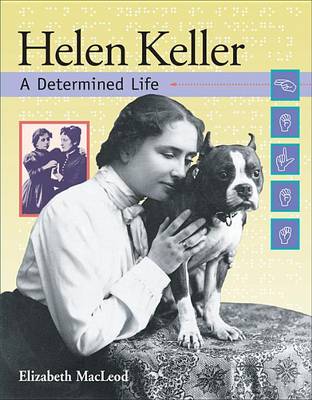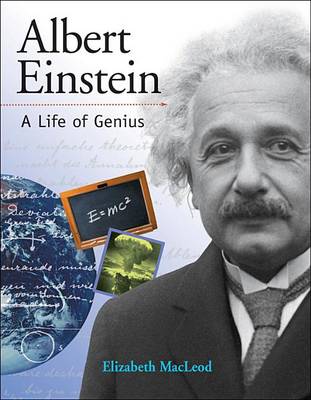Snapshots Images of People & Places in History
9 total works
Weaving the real events of her life into the fabric of her fiction using photographs, excerpts from newspapers and actual journal pages, this biography explores Montgomery's struggle and determination to realize her dreams. This book in the Snapshots: Images of People and Places in History series includes a concise timeline and a listing of pertinent Web sites.
Using photographs, maps, quotes, letters and drawings, this biography in the Snapshots: Images of People and Places in History series introduces young readers to Albert Einstein. Also included are a timeline of his life and a list of places to visit to learn more about one of history's greatest thinkers.
This biography in the Snapshots: Images of People and Places in History series uses photographs, newspaper clippings, maps, quotes and drawings to explore the Wright brothers' struggles. Also included are timelines of their lives and the history of flight, and a listing of pertinent Web sites.
Using photographs, quotes, letters and drawings, this biography in the Snapshots: Images of People and Places in History series introduces young readers to Helen Keller. Also included are a timeline of her life and a list of places to visit to learn more about this inspirational woman.








